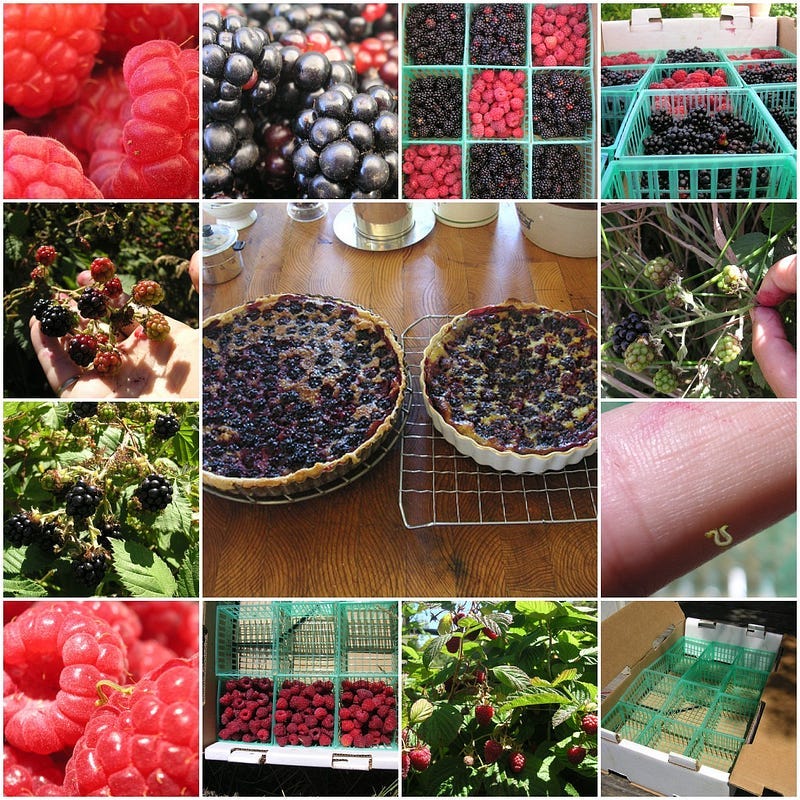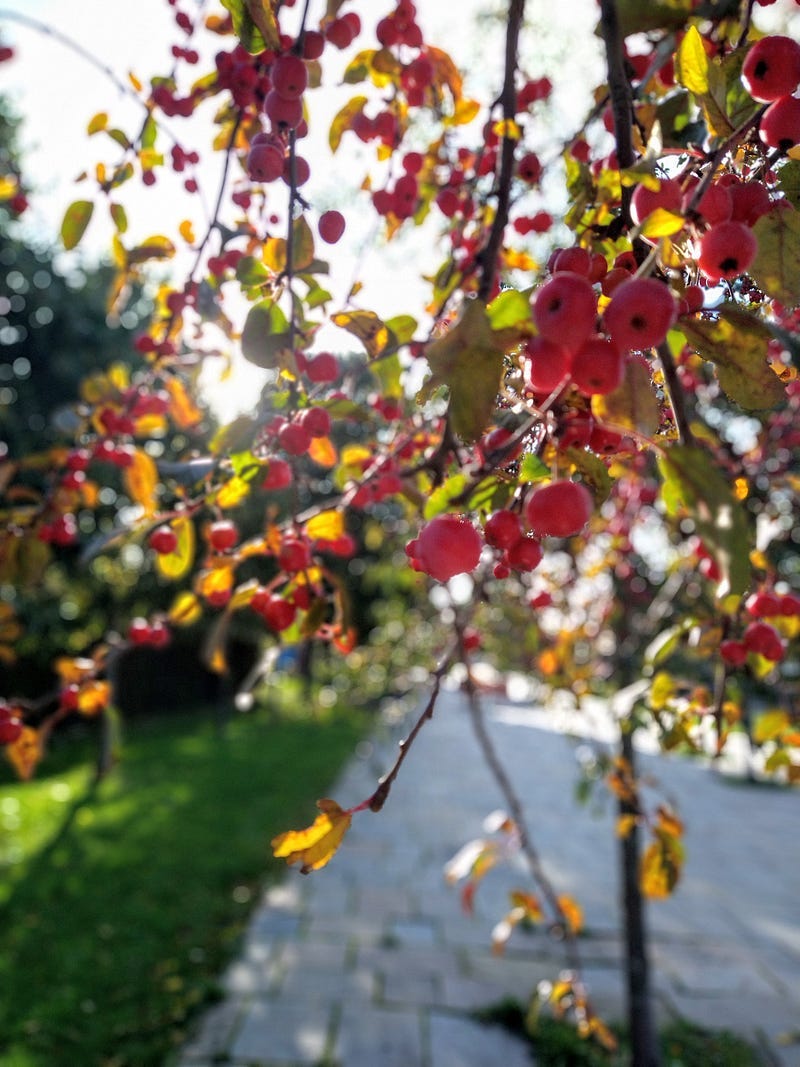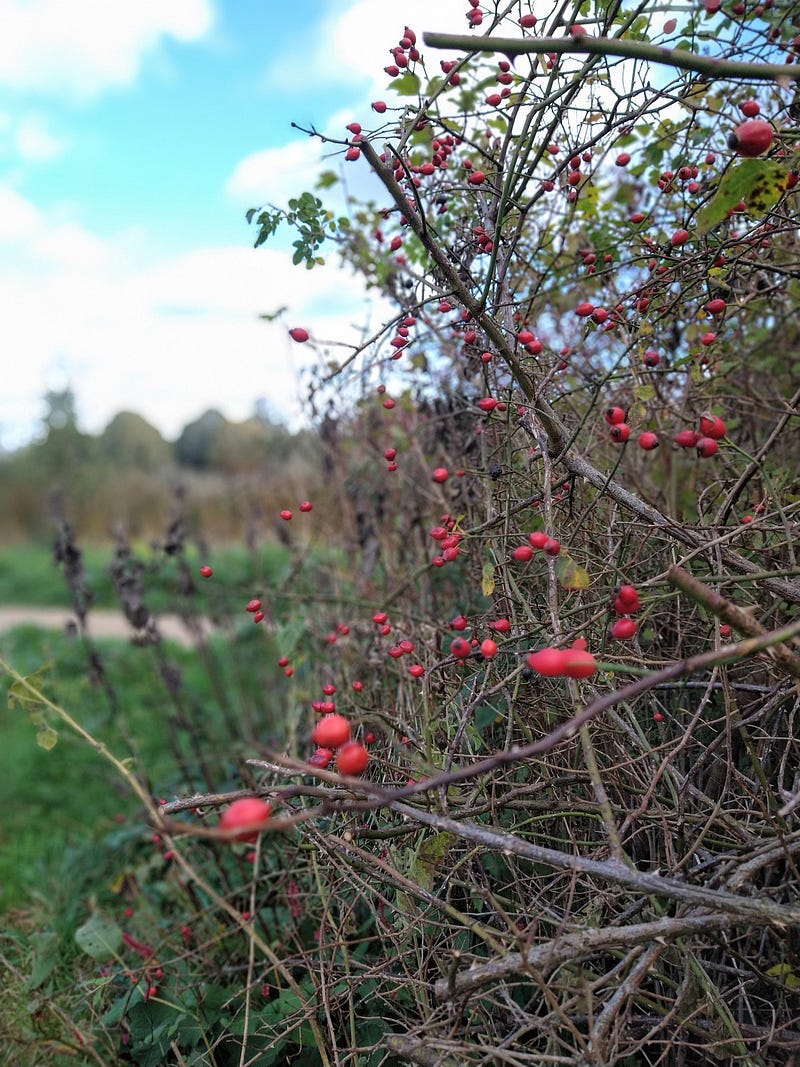Forwarding on frugal and fun traditions
I grew up in the 1970s and 80s on a farm located in a small coastal village in Northern California. The farm is called “Blackberry Farm”. Brits might recall the childhood books of the same name, featuring Henry Pig, Mother Hen, Walter Duck, and others. As one can imagine, there was a fair number of blackberries on and surrounding our farm. In the summers we (four kids, parents, and friends too) would pick them in clean half-gallon milk cartons and after eating as much as we handed in, we’d give our milk cartons to Mum and she would make blackberry jam and blackberry pies. On those rare hot summer days in Northern CA, we’d get the old wooden hand-crank ice cream maker, pour the salt over the ice and crank away for a couple of hours and eat the rich, creamy, and well-earned homemade blackberry ice cream. A truly special delight.
All this is to say, I grew up with fond memories of picking blackberries with scratched and stained hands and arms and also not-so-fond memories of coming face-to-face with large orange pumpkin spiders in my quest to reach the perfect “jackpot” of berries. The sticky purple juice would dry on my face, my arms, and my clothes much to the exasperation of my overworked Mum.
As an immigrant and the child of an immigrant, I am very conscious of roots and passing on family traditions. My blood family and our little nuclear family are very much a blend of many different passports. Now living in the Netherlands, our son won’t know very much of life in the United States, nor in Argentina where he was born. I have successfully managed to pass this love of blackberry picking onto him and I consider this a parenting win. We first picked blackberries on a friend’s farm in Patagonia, Argentina when he was two. He doesn’t remember much of that, but him covered in purple is a hilarious memory I will never forget.
We have now spent two summers here in the Netherlands gathering fruits. Last year I managed to procure a moestuin (small community garden plot with three beds) in my neighborhood and this kept us wonderfully busy during the spring and summer months and even a bit in the fall of the various Dutch lockdowns of 2020. There is a playground in the main garden and the surrounding “wall” of that space is an enormous blackberry hedge. During the summer months, we spent many a day picking berries. There were mountains and mountains of them. This resulted in jars upon jars of blackberry jam and even my first berry galette.
This past fall I wanted to branch out from what I was used to. My Mum would make strange jams and jellies and, as a child, I would turn my wrinkled-nose up at them. Quince jelly, Rose Hip jelly, and in my mind the ‘worst’ offender of all, bitter marmalade. Since moving to Utrecht, I had long noticed strange fruit trees along the sidewalks of my neighborhood and saw that no one bothered to collect the fruit. It would just ripen, fall and rot on the sidewalks. They looked like cherries but weren’t. I decided to investigate and branch out.
Crabapples! These little things were crabapples. I had heard about them, but never seen them “in the wild”. I had also heard about Crabapple and Rose Hip jelly. This was it!
I told a friend about my plan to collect these fruits and we teamed up for a socially-distanced outdoor foraging expedition. We met up at a nearby park after dropping off our kids in the morning school. (Remember when our kids were in school? Good times.) According to the recipe I had found, we didn’t need a lot — a maximum of one kilo of each fruit.
We started picking the crabapple trees next to the lake in the park. It was a beautiful clear and crisp October morning. We were clipping off the fruit, each from our own tree, leaving the tree in good health. An older Dutch woman approached me. One can imagine what happened next. She inquired as to what I was doing and as I sadly still have a lot of Dutch to learn and I thought it was pretty self-explanatory what I was doing, I stammered as best I could I was going to make jam. A stern lecture ensued about how I shouldn’t do that — “niet doen” and if everyone did it, there wouldn’t be any left. She had a point. But also, no one ever picks these trees, and the food just rots on the ground. I don’t even think people think of these fruits as forageable.
I heard this woman out but didn’t stop. Once we were done foraging, we left the crabapple trees and tromped through to the other side of the park where I had spotted rose hips a couple of days earlier. The branches had been trimmed from the wild rose bushes and were lying in piles along the path that were soon to be picked up for compost. No one could complain at us now. We picked out the red rose hips among the thorns and got a bit scratched up, but it was all worth it in the end. I came home with two bags of small strange fruit in my bicycle basket.
I’d never made jelly before, so had to learn about straining the jam to just get the pure syrup from all the boiled-down fruit. I didn’t quite have the correct tools, but I improvised using what I had already on hand — a fine cloth mesh bag for storing fruits and veggies. I ended up with three jars of jelly. We ate one pretty quickly, I gave one away, and just this week after finishing off a jar of blackberry jam, our son asked for the next jam to be the rosehip jelly. Something I would have wrinkled up my nose at, but he ate it with a huge smile.






